A broad set of new U.S. tariffs on imports from more than 90 countries officially came into force early Thursday, following a negotiating deadline set by the administration. The policy, first announced in April, is part of a wider strategy to reshape trade relationships and adjust what officials describe as imbalances in the global trading system.
Under the revised rules, tariff rates vary by country and product category. Some of the highest rates include 40% on goods from Laos and Myanmar, while Switzerland faces a 39% tariff. The European Union reached a framework agreement that set duties at 15% on its exports to the U.S., and several other countries, including the United Kingdom, Japan, and South Korea, negotiated reduced rates compared with the original proposals.
Certain tariffs were paused earlier this year to allow for further discussions, but the 7 August deadline marked the point at which new rates would be implemented unless agreements were reached. While some countries secured lower rates, others are now subject to significantly higher import costs.
Industry analysts note that the tariff increases could influence both global supply chains and domestic markets. Economists suggest some sectors may benefit from added protections, while others could face higher operating costs. Export-dependent economies in parts of Southeast Asia are expected to experience notable impacts, though early market reactions across Asia on Thursday remained mixed.
Among the measures announced is a proposed 100% tariff on foreign-made semiconductors, with exemptions for companies investing in U.S. manufacturing. This has prompted further commitments from major technology firms to expand domestic production.
The overall average U.S. tariff rate is now at its highest level in decades, covering a wide range of goods, from industrial products to consumer electronics. Analysts say the policy shift introduces greater certainty for trade partners after several months of uncertainty, though they caution that long-term effects on pricing, supply chain stability, and global trade flows will require close monitoring.
#SupplyChainNews #GlobalTrade #TariffsAndDuties #TradePolicies #EconomicIndicators

















